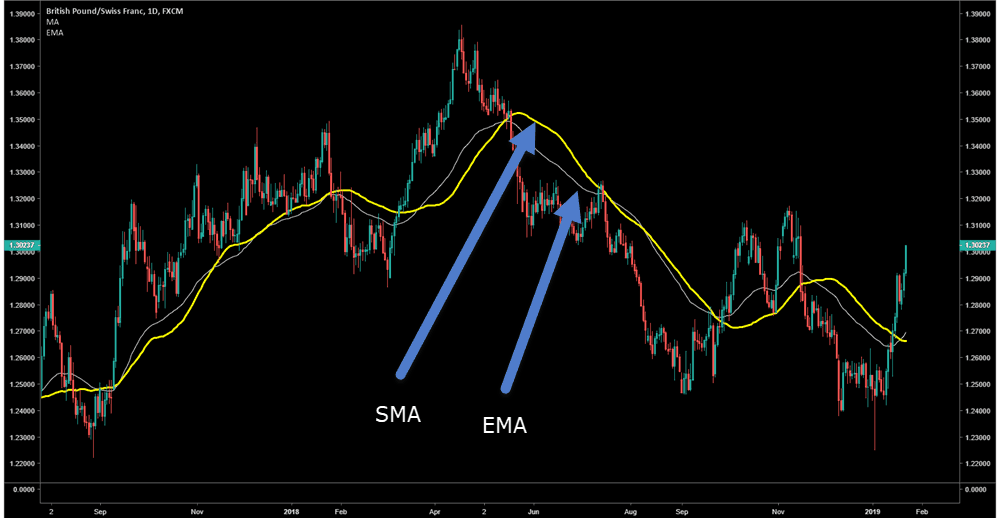
Holder of 20 licenses and participantship in providing clients with reliable securities trading services. The licensing information concerning companies within Futu Group is as follows:įutu Securities International (Hong Kong) Limited For example, use the 20-day EMA line to determine the bottom and the 20-day MA line to determine the top. Use EMA to buy the dip and MA to recognize the peak.If the 5-day EMA line crosses or breaks the 20-day EMA line, it will be viewed as a mid to short-term trend the 10-day EMA line crosses or breaks the 10-day EMA line, it will be viewed as a mid to long-term trend.20-day EMA line crossing above the 60-day EMA line is a long-term buy signal breaking below the 60-day EMA line is a long-term selling signal.10-day EMA crossing above the 20-day EMA line is a mid-term buy signal breaking below the 20-day EMA line is a mid-term sell signal.5-day EMA crossing above the 10-day EMA line is a short-term buy signal breaking the below the 10-day EMA line is a short-term selling signal.Among them, the 60-day EMA line is the critical turning point for bull and bear. The 5-day EMA and10-day EMA lines is the short-term cycle, the 20-day EMA line is the mid-term cycle, and the 60-day EMA line is the long-term judgment cycle.In actual trading activity, the EMA indicator mainly has the following six basic usages. Index average value of the day = Smoothing coefficient * (Index value of the day - Yesterday’s index average) + Yesterday’s index average Smoothing coefficient = 2 / (period unit + 1) Derived from the above formula, we get: EMA (N) = 2 * X / (N+1) + (N-1) * EMA (N-1) / (N+1). Where X is the closing price of the day and N is the number of days. EMA5, EMA10, EMA20, EMA60, EMA120, EMA250 correspond to the exponential smoothing moving averages of 5, 10, 20, 60, 120, and 250 respectively.įind the N-day exponential moving average of X, which is generally expressed as: EMA (X, N) in the stock formula. An exponentially weighted moving average reacts more significantly to recent price changes than a simple moving average (SMA), which applies an equal weight to all observations in the period. The exponential moving average is also referred to as the exponentially weighted moving average.

RSI relative strength indicator introductionĪn exponential moving average (EMA) is a type of moving average (MA) that places a greater weight and significance on the most recent data points.

MACD exponential smoothing moving averageĮMV simple fluctuation indicator introduction


 0 kommentar(er)
0 kommentar(er)
